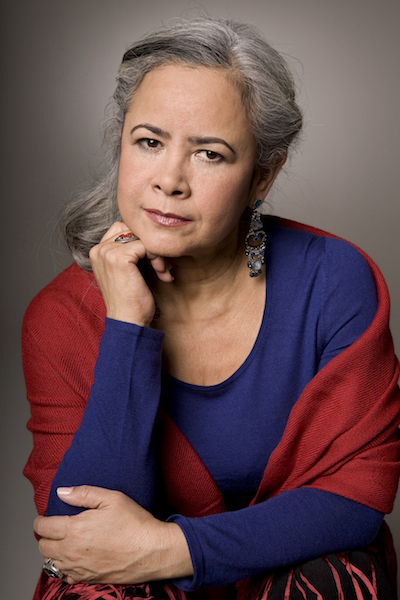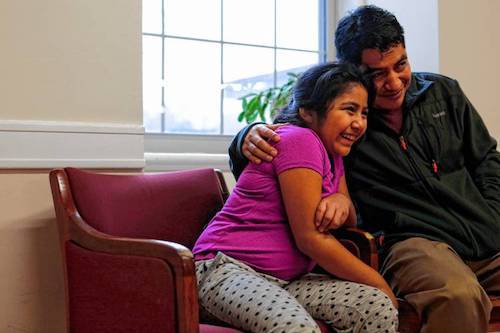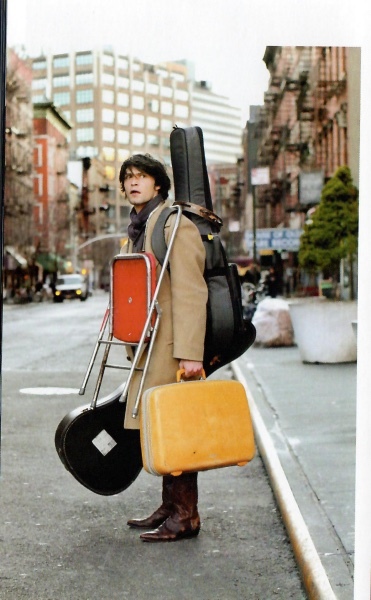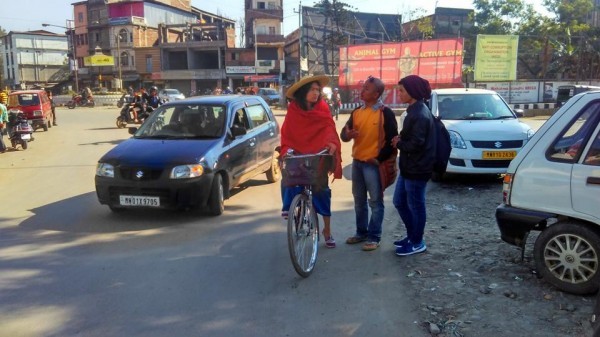making things better
Jul. 20th, 2018 11:01 pmBack in one of my Egipto entries, I said in a comment,
Because descent into awfulness is one story, but recovery from awfulness in another.
Here's an example of working to recover from awfulness--it's an exhibit called Rostros del Pacífico Sur (Faces of the South Pacific--meaning, in this context, Colombia's southern Pacific Coast) that we came across at the Gabriel Garcia Márquez Cultural Center. It's was part of a campaign that's been ongoing since 2010 called "No Es Hora de Callar" ("Now is not the time for silence"), which aims to give a voice to survivors of sexual violence.
The photographer Juan Manuel Vargas spent a year getting to know women in the Tumaco region of Colombia, one of the poorest parts of the country, and one that suffered a lot during the guerrilla conflict. The exhibition features his portraits and quotes from the women. (Here is a Spanish-language article about the exhibit in El Tiempo)
Here are some of the photos:

"Tumaco has a new generation, which dreams with hope"

"Society makes us believe that a group of women, poor and Black women, we don't have a right to be heard. Today we are telling them that they were wrong."

"We work for a better country," this barrier announces. The Rostros del Pacífico Sur exhibition is one way Colombians are doing that.

And here's another way--"Let's go vote!"
Simón Bolívar's house was not the only tourist spot closed for the first round of the presidential elections. (This photo is Waka's, not mine.)

I've been thinking that rather than focusing so much on Nazi Germany and how things fall apart, we ought to be looking at how places recover. No two situations are the same, and we might not be able to put into practice anything of what we see, but just for the sake of remembering.
Because descent into awfulness is one story, but recovery from awfulness in another.
Here's an example of working to recover from awfulness--it's an exhibit called Rostros del Pacífico Sur (Faces of the South Pacific--meaning, in this context, Colombia's southern Pacific Coast) that we came across at the Gabriel Garcia Márquez Cultural Center. It's was part of a campaign that's been ongoing since 2010 called "No Es Hora de Callar" ("Now is not the time for silence"), which aims to give a voice to survivors of sexual violence.
The photographer Juan Manuel Vargas spent a year getting to know women in the Tumaco region of Colombia, one of the poorest parts of the country, and one that suffered a lot during the guerrilla conflict. The exhibition features his portraits and quotes from the women. (Here is a Spanish-language article about the exhibit in El Tiempo)
Here are some of the photos:

"Tumaco has a new generation, which dreams with hope"

"Society makes us believe that a group of women, poor and Black women, we don't have a right to be heard. Today we are telling them that they were wrong."

"We work for a better country," this barrier announces. The Rostros del Pacífico Sur exhibition is one way Colombians are doing that.

And here's another way--"Let's go vote!"
Simón Bolívar's house was not the only tourist spot closed for the first round of the presidential elections. (This photo is Waka's, not mine.)


























 >
>


